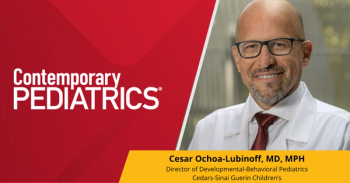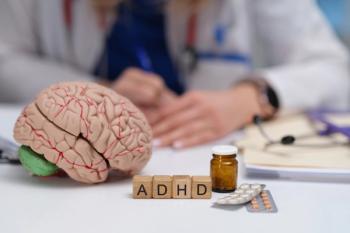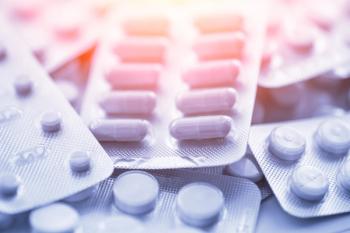
Newest medications for ADHD
At the 43rd National Conference on Pediatric Health Care for nurse practitioners in Dallas, Texas, a look at the newest medications for children with attention-deficit/hyperactivity disorder.
Erin O’Connor Prange, MSN, CRNP, from Children’s Hospital Philadelphia in Pennsylvania, began her session by explaining, “Drugs for [attention-deficity/hyperactivity disorder] ADHD have been in the market for more than 45 years, beginning with Ritalin, which was approved in 1955. For the purposes of this discussion, however, we are going to focus on medications that have been approved in the past 5 years.”
According to a national survey in 2016, roughly 6 million children in the United States have been diagnosed with ADHD. Boys are diagnosed twice as frequently as girls. Also in this survey, it was reported that 77% of these children were receiving some form of treatment, and roughly 32% of that group received both behavioral and medication treatment.
When discussing what ADHD looks like, Prange explained that the main component is poor executive functioning in tasks that include planning, time management, attention, organization, self-control, and others. Additionally, during the months that children were learning remotely due to the COVID-19 pandemic, impaired communication, eye strain, distractions, and anxiety were also reported, largely as a result of the struggle with virtual and hybrid learning.
Nonmedication treatment for ADHD includes cognitive behavioral therapy, extra time on tests, creating lists (what to put in the school backpack, for example), bouncy bands and wiggle seats for desks.
When it comes to medications for ADHD, the newest drugs of note are viloxazine (Qelbree), a nonstimulant. Stimulants include methylphenidate extended-release orally disintegrating tables (Cotempla), methylphenidate hydrochloride (Adhansia), methylphenidate hydrochloride extended release (Aptensio, Jornay), amphetamine extended-release oral suspension (Dyanavel), Adzenys, and mixed-salts of a single-entity amphetamine product (Mydayis).
Prange reminded the audience, "Before starting a patient on stimulants, the American Academy of Pediatrics recommend a thorough cardiovascular assessment, including patient and family health histories; evaluation of all medications currently being used; and a physical exam focused on cardiovascular disease risk factors." Prange also reviewed the side effects for stimulant medications, which include, but is not limited to, decreased appetite, trouble sleeping, headache, weight loss, and mood swings. Prange also encouraged audience members to seek out a copy of the ADHD medication guide, which can be found on the addwarehouse.
Reference
Prange EO. ADHD treatment explosion: new meds are here! 43rd National Conference on Pediatric Health Care. March 23, 2022; Dallas, Texas.
Newsletter
Access practical, evidence-based guidance to support better care for our youngest patients. Join our email list for the latest clinical updates.








